A new museum in Finland marries green design and gilt-framed paintings
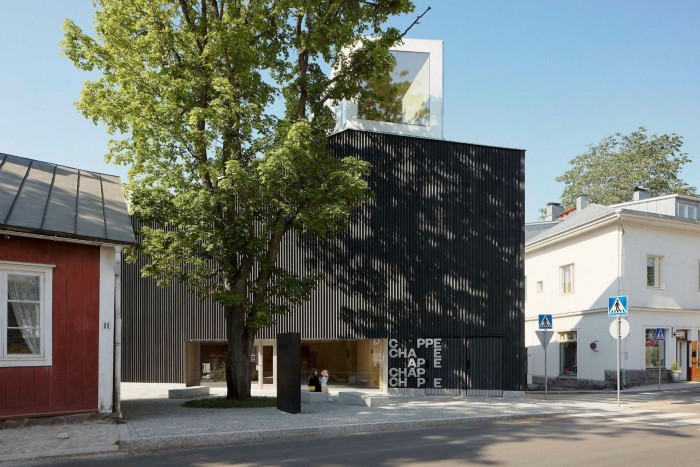
Roula Khalaf, Editor of the FT, selects her favourite stories in this weekly newsletter.
“We don’t have strict lines between what is art and what is design,” says Pia Hovi, curator of Finland’s brand-new Chappe museum, which gives equal billing to ecological design and its collection of late 19th- and early 20th-century paintings. “The differences are no longer that important anyway. Little by little in Finland, artists are co-operating with researchers, scientists and other professionals. So we have this cross-discipline approach going on here.”
The idea, says Hovi, is not only to allow visitors to appreciate both disciplines on their own terms. It is also to encourage them to rethink ecological design as less of a dry discipline, more as a means to preserve the natural world. The effect could easily be jarring, sentimental or self-consciously earnest, but instead it is bracing: 150-year-old paintings, shimmering, chilly landscapes and churning seas beneath bruised Baltic skies, remind us why the designers’ work is imperative.
Many of the design works on show are commissions, which Hovi likes to call “climate art”. They often lie somewhere between the practical and the absurd.
At Chappe’s inaugural shows this year, provocative pieces such as a prototype lightweight mobile office attached to a bicycle or abstract sculptures made from a tough, macroalgae material, with the potential to replace plastics, took their places alongside the museum’s permanent collection of oil paintings in gilt frames. (The collection and the gallery were funded by the Albert de la Chapelle Art Foundation, a charity set up by the Finnish professor of genetics after whom Chappe is named.)
The macroalgae sculptures, which look something like alien, leathery green molluscs, were designed by Julia Lohmann, a professor of design at Finland’s Aalto University and founder of the Department of Seaweed. This is a transdisciplinary group of artists, designers, scientists and conservationists researching biodegradable replacements for synthetic materials made from seaweed.
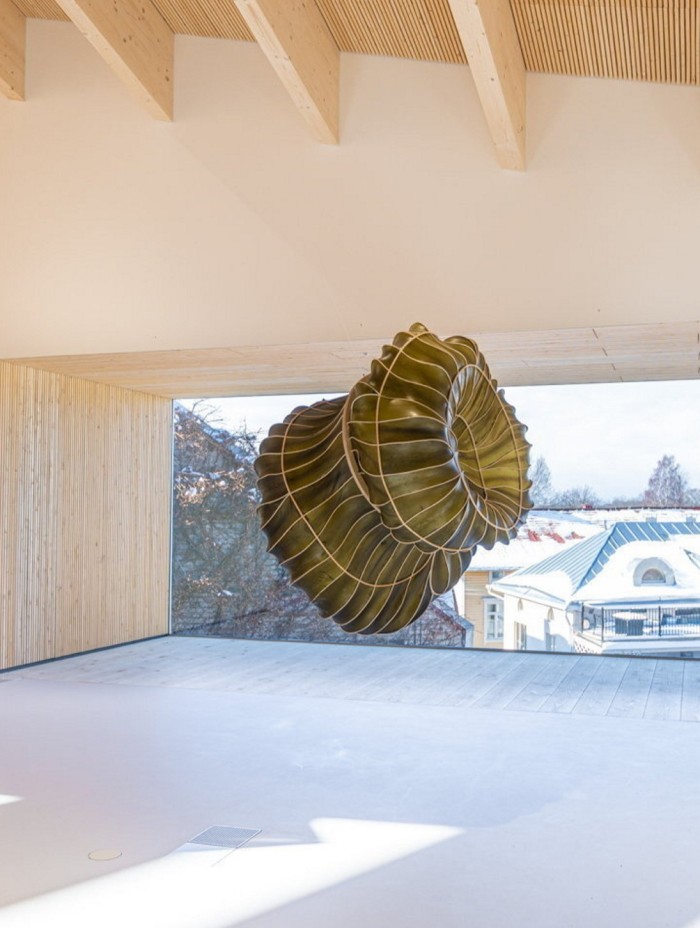
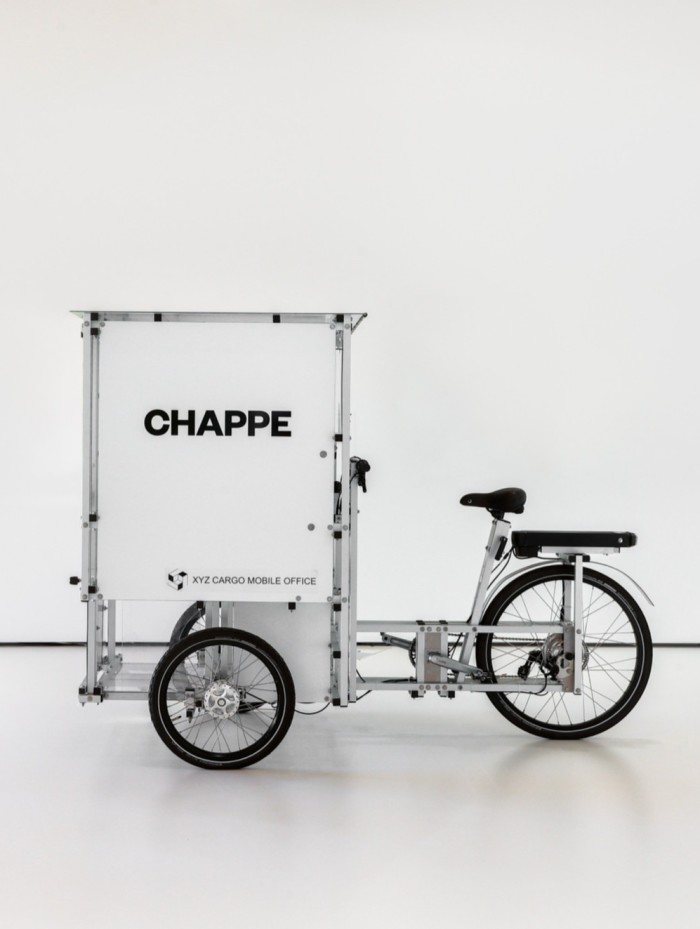
That mobile office is the XYZ Cargo Mobile Office Trike — a low-carbon machine for working from anywhere, complete with desk, stool and solar electricity panels from Danish artist collective N55. Danish designer Ion Sørvin worked on the bike with German designer and campaigner Till Wolfer. Its materials are designed to be repairable and reusable; the basic bike-frame instruction manual is available online for anyone to download under the Creative Commons licence.
“It’s a commentary that has turned out to be a useful object,” Sørvin explains; he says Hovi gave him complete freedom to design whatever he liked to fit the museum’s ethos. “I have built myself one and I’ve surprised myself with how useful it is. I think of it as an office at the limit of being a joke. You can imagine a whole office-bike hub in every city.”
Chappe’s cross-disciplinary, traditional-meets-progressive ethos extends to its architecture. From outside the gallery — about an hour’s drive to the west of Helsinki in the historic coastal town of Tammisaari — is a startlingly modern assemblage of blank, geometric black and silver shapes, scattered among a cluster of historic, red-timbered seaside houses. Inside, temporary walls can be made to disappear and reappear along a grid hidden in the floor, allowing curators to rearrange display rooms like Lego to suit its flexible definition of art.
“The exhibition halls are very clear and wide open,” says Asmo Jaaksi, a partner at JKMM Architects, which designed the gallery. “You can have big spaces, boxes, all kinds of structures. Other architectural features double as installations intended to “set a tone, that the place is concerned as much with design as with fine art”, says Jaaksi.
Dangling from the entrance-hall ceiling, for example, are 35,000 ribbons of polished steel plate, which clink and chime softly, like boats on a glittering Nordic sea. They conceal a grid of programmable LED lighting, which introduces illusions of wavelike movement.
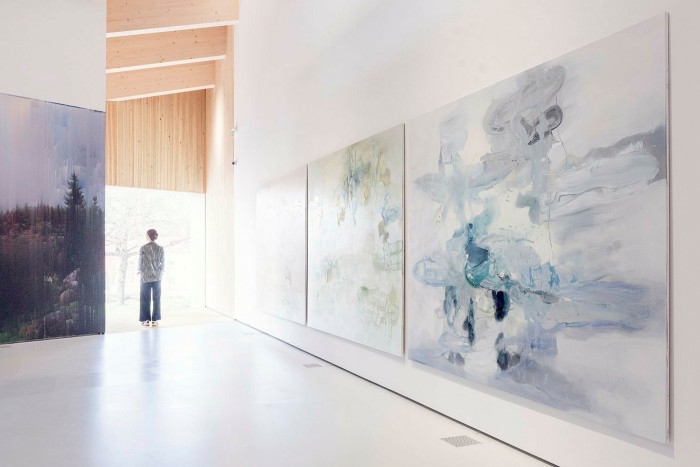
There is no escape from the messaging, even in the lavatories. They feature a sound installation, “Memento”, by the Finnish eco-design duo Harrie Liveart, which turns out to be a narrated story of an apple from tree to mouth, through the digestive tract and back into a tree.
Might all this eco-design — or “climate art” — run the risk of becoming distracting, not to mention didactic? “Design is a very strong area of artistic expression,” says Jaaksi. “Finland’s reputation for design since the 1950s has been world-famous; we’re still very proud of that, and we don’t see a difference between traditional art and design.
“Finns are free of any long history. So if we design something valuable, it doesn’t matter what silo it falls in.”
Chappe reopens October 27, chappe.fi
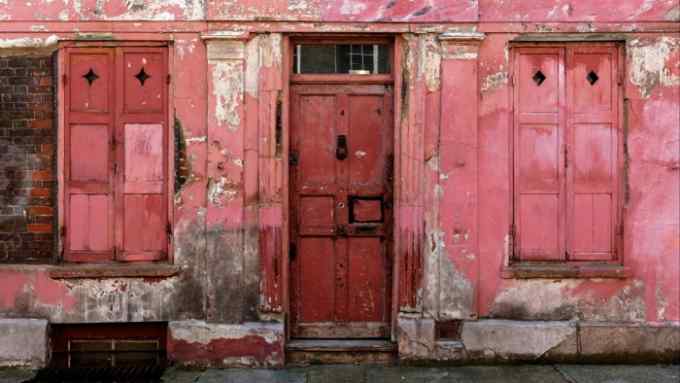
Comments